Taiwan effectively trains semiconductor industry human resources thanks to close cooperation between universities and businesses, research institutes, and government investment.
Taiwan now supplies more than half of the world's semiconductor chips. For the most advanced semiconductors, Taiwan accounts for 92% of production, according to a report by Boston Consulting.
Ms. Lee Shu-Mei, Investment Director of Hsinchu Science Park - which is considered as the Silicon Valley of Taiwan, said that the development model of the semiconductor industry, including human resource training, is based on four axes: government, companies, universities, and research and development (R&D) institutes. These four elements support, support and solve each other's problems.
For example, businesses place orders with research institutes, universities seek solutions in production, and recruit students from schools. Research institutes provide advanced courses and vocational training for workers in businesses, while universities send students to intern at these two places. The government stands in the middle, playing the role of connecting, coordinating, formulating overall development strategies, and providing budgets.
By 2023, nearly 400,000 students in majors directly and indirectly related to the semiconductor field will have access to and benefit from this model.
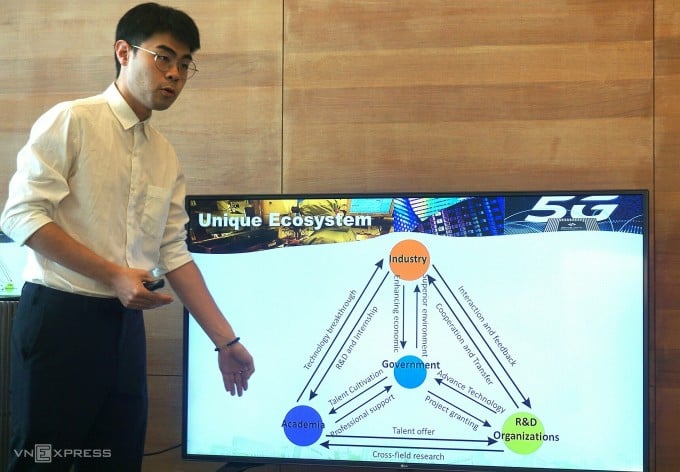
Representatives of Hsinchu Science Park share the development model of Taiwan's semiconductor industry. Photo: Le Nguyen
Dr. Max KW. Liu, President of Minh Tan University, believes that the human resource training model combining schools, businesses, research institutes and the government is very effective.
According to him, training semiconductor human resources requires a practice room with modern machinery and production lines. Each machine costs at least one million USD, not to mention the cost of design software. The cost of a practice room is extremely expensive, requiring long-term, continuous investment, so training facilities need the support of businesses and the government.
In fact, the school is about to launch a 15 million USD full-scale practice area covering all four steps of semiconductor manufacturing, from design, manufacturing, packaging and testing. Of this, 60% will be funded by the government, the remaining 40% will come from businesses and the school.
National Chiao Tung University also benefits from this model. According to Dr. Yuan-Chieh Tseng, Vice President of the International Institute of Semiconductor Science, the university receives many projects and research funding from Hsinchu Science Park or enterprises in the area every year.
Mr. Yuan believes that because of this, businesses will be able to recruit good workers and not waste time on retraining because students have been practicing through real work, under the guidance of employers. Meanwhile, the school has more operating funds, reinvesting in students and facilities. He said the school has received funding of up to three million USD, just from chip manufacturing corporation TSMC in 2022. This corporation currently supplies more than 90% of the world's high-end chips and owns advanced production lines.
Experts say that in the context of a shortage of high-quality human resources, chip manufacturing enterprises are increasing cooperation with universities.
Finally, there is government support. Dr. Yuan-Chieh Tseng said that 40 years ago, Taiwan did not have a high-tech industry, only processing. With the government's strong investment in technology companies, it took a long time for Taiwan to achieve the results it has today.
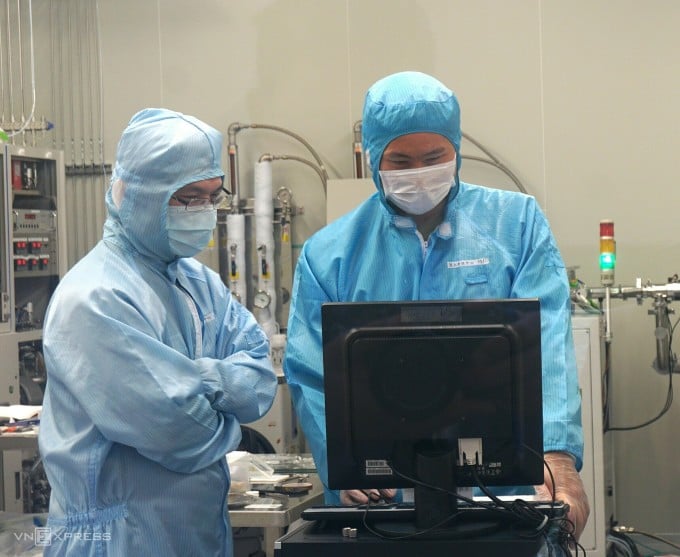
Semiconductor chip manufacturing lab of National Taiwan University. Photo: Le Nguyen
The global semiconductor market is expected to reach $1 trillion by 2030. Professor Tran Hoa Hien, Education Counselor, Taipei Economic and Cultural Office in Ho Chi Minh City, said many places want to invest in this field.
He said that developing the semiconductor industry is a difficult task, requiring a large workforce and a solid grasp of technology. In recent years, India has sent many students to Taiwan to study semiconductor chip manufacturing techniques, currently about 1,500 people. Prof. Dr. Tran Hien Hoa proposed that Vietnam cooperate with Taiwan in training semiconductor industry human resources, sending students to study to grasp core technology.
"Vietnamese students have a good foundation in natural sciences, are hardworking and progressive. If there is a synchronous investment strategy and great determination, I believe Vietnam can also develop the semiconductor industry," Mr. Yuan added.
Le Nguyen
Source link








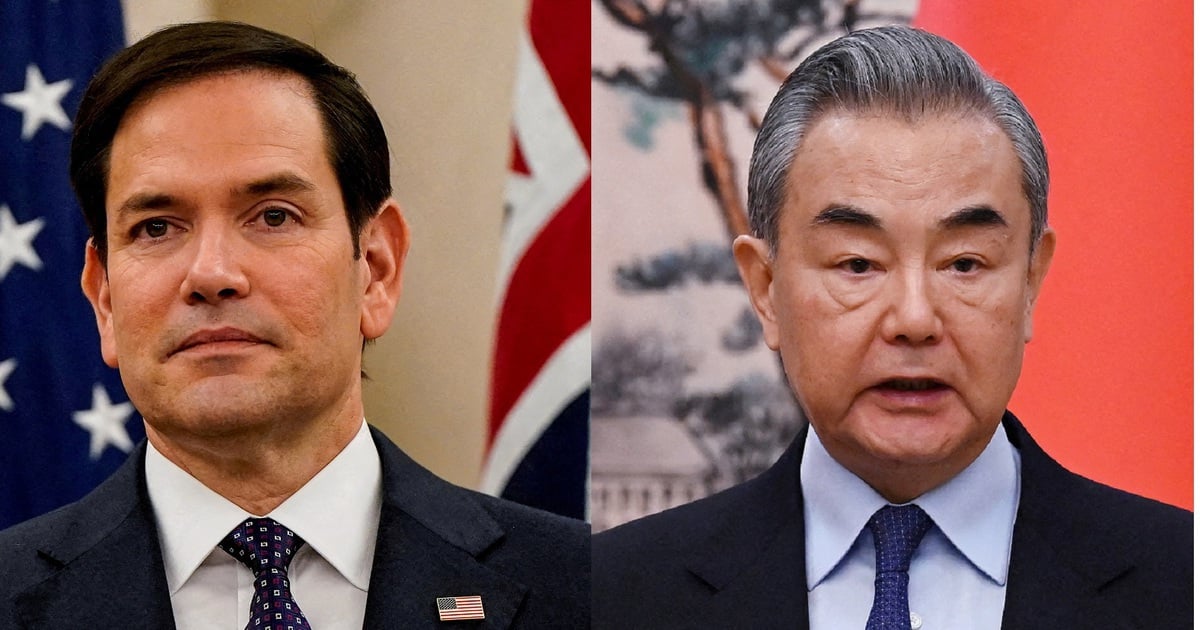



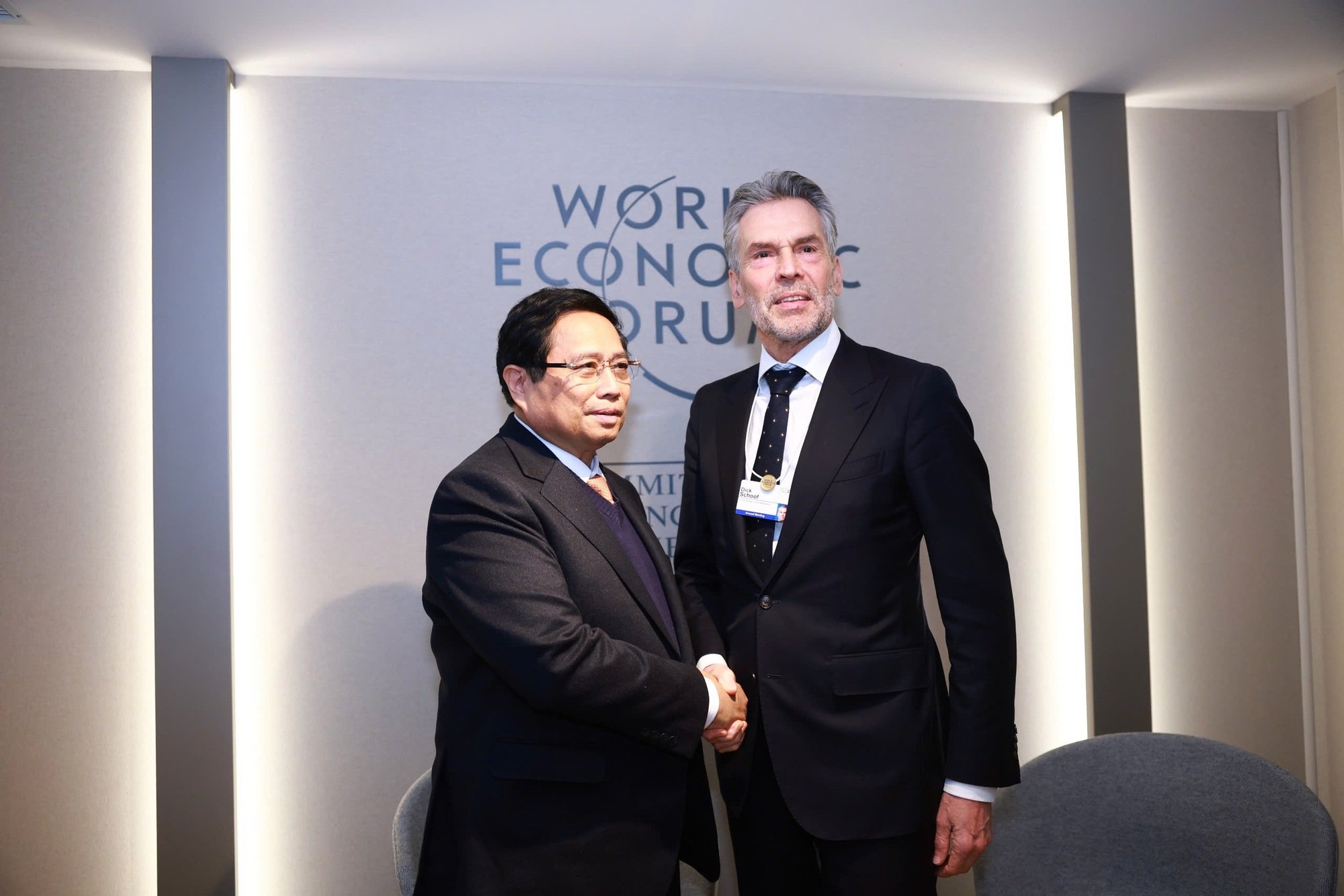
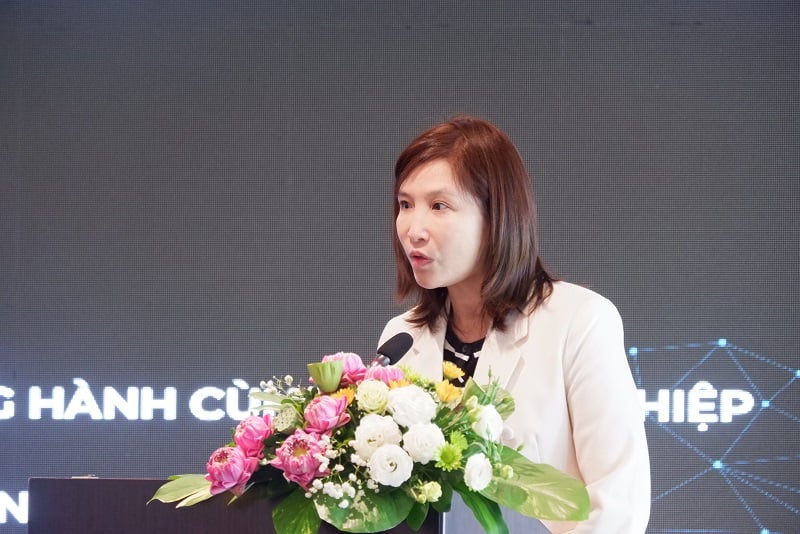


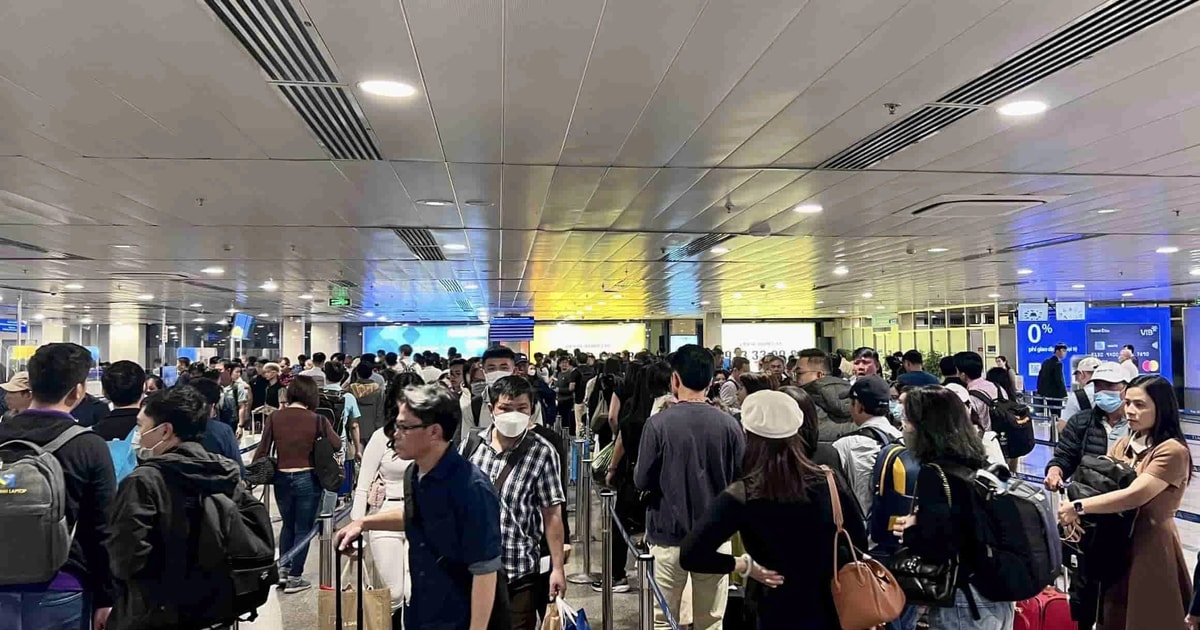
























![[Photo] Prime Minister Pham Minh Chinh chairs Government Conference with localities on economic growth](https://vstatic.vietnam.vn/vietnam/resource/IMAGE/2025/2/21/f34583484f2643a2a2b72168a0d64baa)

















































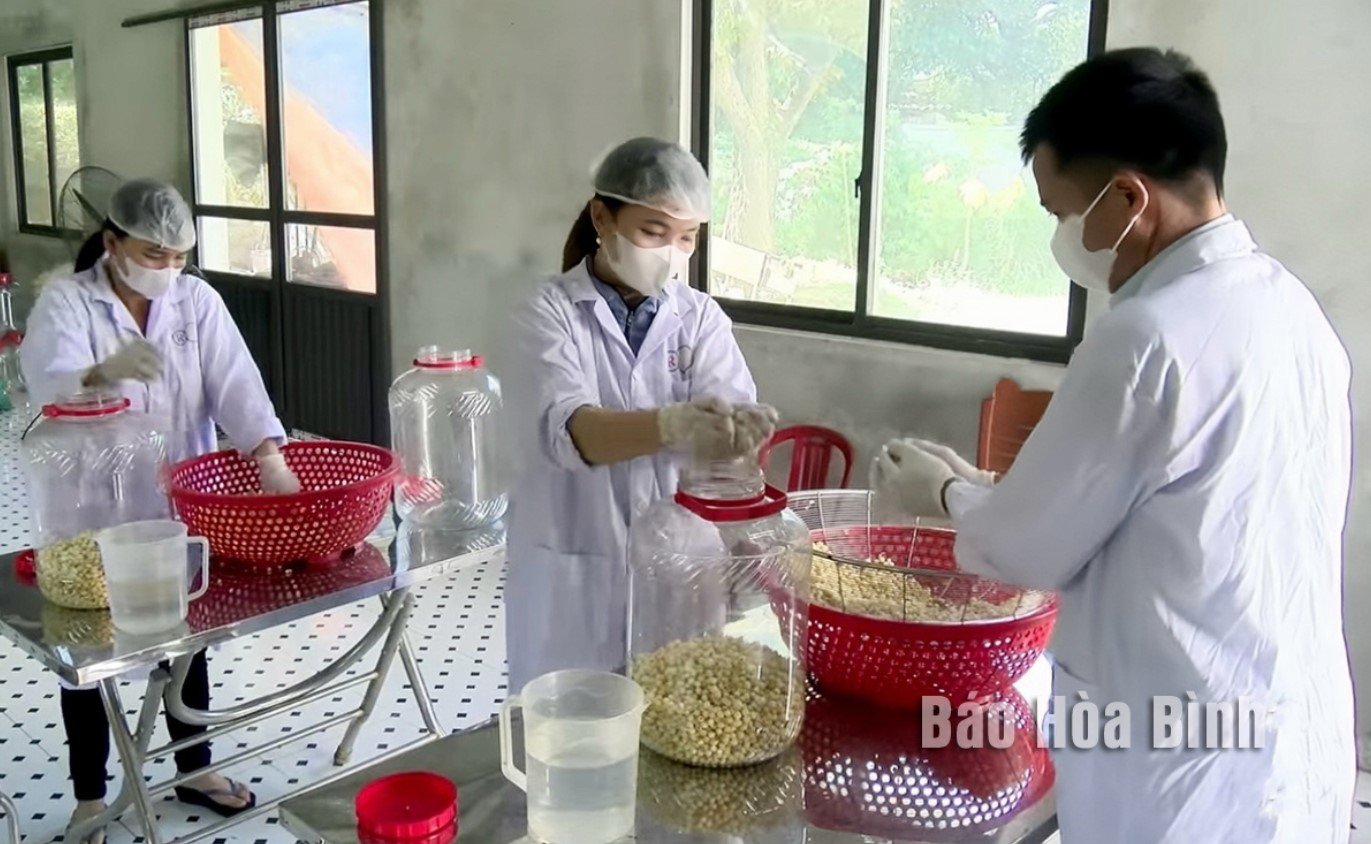







Comment (0)